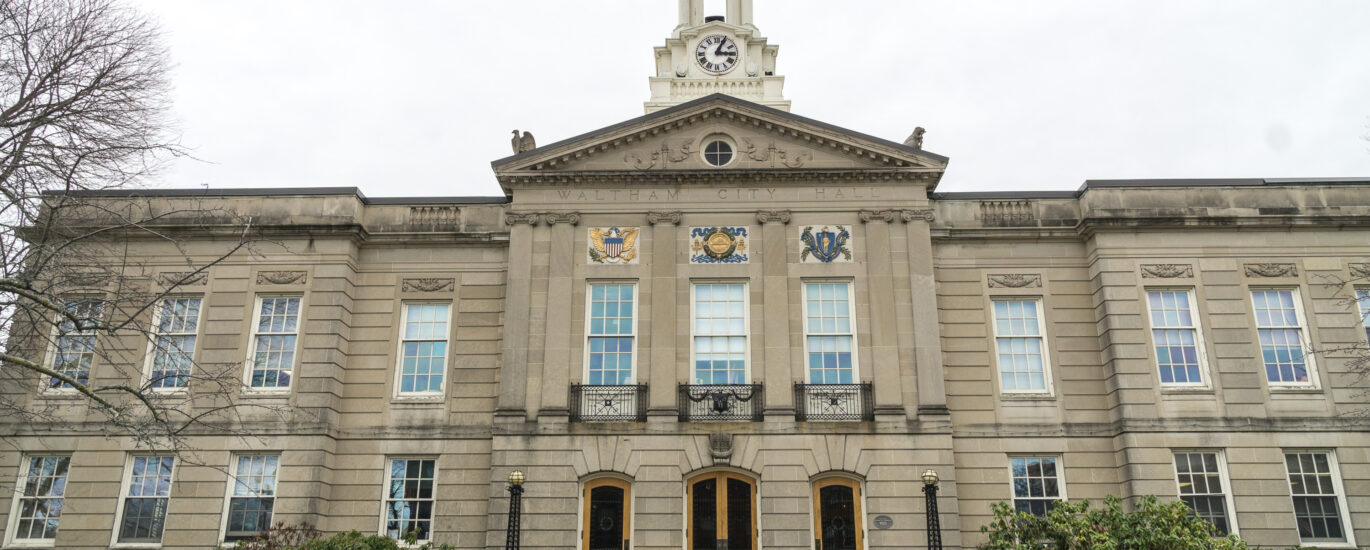Welcome to Waltham, Massachusetts, a city that has played a pivotal role in America’s industrial and educational history. As we journey through its storied past, you’ll discover how this city not only helped shape the American Industrial Revolution but also continues to be a hub for innovation and learning.
Waltham was first settled in 1634, forming part of Watertown, and was officially incorporated as a separate town in 1738. The area was originally inhabited by Native American tribes, the Pawtucket and the Massachusett, long before English settlers arrived. These early inhabitants left their mark on the land, with trails that eventually evolved into major roads, like Route 20, known as the ‘Old Connecticut Path.’
The city’s industrial journey began in the early 19th century with the establishment of the Boston Manufacturing Company by Francis Cabot Lowell and his associates. This was America’s first integrated textile mill, marking the birth of the Waltham-Lowell system. This innovative production model centralized all the processes of textile manufacturing under one roof, revolutionizing the industry and setting a precedent for factory systems nationwide. Young women, known as ‘mill girls,’ flocked from rural areas to work in these mills, living under strict codes in company boarding houses.
Waltham earned its nickname ‘Watch City’ thanks to the Waltham Watch Company, which opened its doors in 1854. This company was the first to mass-produce watches on an assembly line and achieved international acclaim by winning a gold medal at the 1876 Philadelphia Centennial Exposition. Over its lifetime, the company produced more than 35 million watches, clocks, and instruments, leaving a lasting legacy in the world of timekeeping.
The city also made strides in other industries. In the late 19th and early 20th centuries, the Metz Company produced automobiles and even the first production motorcycle in the United States. During World War II, Raytheon, a prominent defense contractor, pioneered the mass production of the magnetron tube in Waltham, significantly advancing radar technology and later paving the way for microwave ovens.
Waltham is not just about industry; it is also a center for education and culture. Brandeis University and Bentley University call this city home, contributing to its vibrant academic atmosphere. Notable figures such as psychologist Abraham Maslow, known for his hierarchy of needs theory, were part of the academic community here.
The city is dotted with historical estates, like Gore Place, the Robert Treat Paine Estate, and the Lyman Estate, each telling its own story of Massachusetts’ rich history. These estates offer a glimpse into the grandeur and architectural beauty of the past, with designs by famous architects like Henry Hobson Richardson and landscape architect Frederick Law Olmsted.
As you explore Waltham today, you’ll find a city that seamlessly blends its historical roots with modern innovation. From its early days as a prototype industrial city to its current role as a research and educational hub, Waltham continues to make its mark on the world. Whether you’re here to delve into its rich history or to enjoy its vibrant community life, Waltham offers a journey through time that is as educational as it is inspiring.






